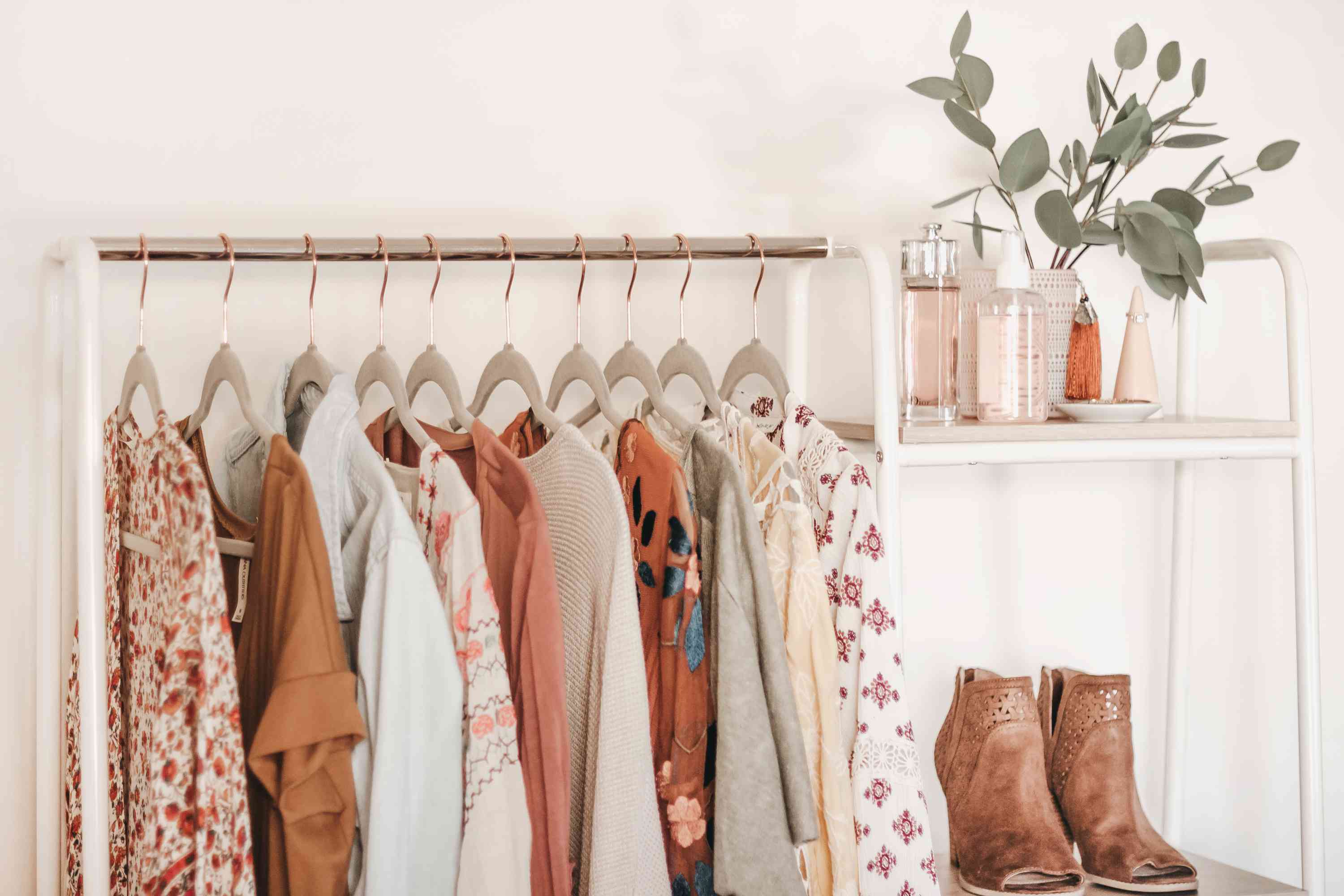

Articles
How To Store Extra Clothes
Modified: January 19, 2024
Learn effective ways to store your extra clothes and articles in order to save space and keep them organized. Find out expert tips and techniques for proper clothing storage.
(Many of the links in this article redirect to a specific reviewed product. Your purchase of these products through affiliate links helps to generate commission for Storables.com, at no extra cost. Learn more)
Introduction
Having extra clothes can be a common issue for many people. Whether it’s due to changing fashion trends, weight fluctuations, or simply a love for shopping, the accumulation of excess clothing can quickly overwhelm your closet space. However, with the right storage strategies, you can effectively store and organize your extra clothes, freeing up valuable space and ensuring that your garments remain in good condition until you’re ready to wear them again. In this article, we will explore various techniques for storing extra clothes to help you maximize your closet space, keep your garments neat and organized, and make the most of your wardrobe.
Key Takeaways:
- Maximize closet space by assessing, decluttering, and utilizing vertical storage. Vacuum-sealed bags and proper containers protect and organize extra clothes, ensuring easy access and long-term preservation.
- Effectively store seasonal clothing, implement labeling and inventory systems, and maintain stored garments to optimize closet space and protect your clothing investment.
Read more: How To Store Extra Hangers
Assessing Your Closet Space
Before diving into the process of storing your extra clothes, it’s important to assess your closet space to determine how much room you have available. Take a thorough inventory of your current closet and assess its layout and storage options. Consider the size, height, and depth of your closet, as well as any shelving units or hanging rods already in place. This assessment will help you identify any potential storage opportunities and limitations.
Start by taking out all the items currently in your closet. This will give you a clear picture of the available space and allow you to visualize how best to utilize it. As you go through your clothes, make a pile of items that you no longer wear or need. This step is essential to decluttering your closet and creating space for storing your extra clothes.
After removing unnecessary items, it’s time to examine the existing storage options in your closet. Determine if you can add additional shelves, hanging rods, or compartments to optimize the space. Consider utilizing the vertical space by installing hooks, hanging organizers, or stackable storage bins. Assessing your closet space will help you come up with a game plan for storing your extra clothes effectively.
Additionally, if you find that your existing closet space is insufficient, you may need to explore alternative storage solutions. This could include utilizing under-bed storage, investing in a wardrobe or clothing rack, or even repurposing another area in your home, such as a spare room or basement. Assessing your closet space will help you determine what options are most practical for your specific storage needs.
Decluttering and Organizing
Once you have assessed your closet space, the next step is to declutter and organize your existing clothing before storing extra clothes. Decluttering not only helps create additional space but also ensures that you only store items that you truly love and wear. Here are some tips to help you declutter and organize your wardrobe effectively:
- Start by going through all your clothes and separate them into three categories: keep, donate/sell, and discard. Be honest with yourself and let go of items that you haven’t worn in a long time or no longer fit you.
- Consider donating or selling clothes that are in good condition but no longer serve you. This not only helps others in need but also clears up space in your closet.
- Organize your remaining clothes by category (e.g., tops, bottoms, dresses) and then further subcategorize by color or season. This will make it easier to find specific items later.
- Invest in high-quality hangers to properly hang your clothes. Slim hangers can maximize space and keep your clothes from getting stretched or misshapen.
- Utilize drawer dividers to separate smaller items like socks, underwear, and accessories. This will help keep everything organized and easily accessible.
- Consider using storage bins or baskets to store folded items, such as sweaters or jeans. Label the containers to make it simple to locate items when needed.
By decluttering and organizing your existing wardrobe, you’ll create a space that is not only neater but also more functional. Now that you have cleared out unnecessary items, it’s time to tackle the storage of your extra clothes.
Utilizing Vertical Space
When it comes to storing extra clothes, utilizing vertical space is key. By maximizing the height of your closet or storage area, you can significantly increase your storage capacity. Here are some effective strategies for utilizing vertical space:
- Install additional shelves or hanging rods: If your closet has room above the existing shelving or hanging rod, consider installing additional ones. This will provide extra space to hang clothes or store folded items.
- Use hanging organizers: Hanging shoe organizers or cloth shelves can be hung on the back of the closet door or on a rod. These organizers are perfect for storing smaller clothing items like socks, scarves, or accessories.
- Install hooks: Hooks can be installed inside the closet or on the walls to hang items like belts, hats, or purses. They provide a convenient and space-saving solution for keeping these items organized and readily accessible.
- Invest in stackable storage bins: Stackable storage bins are ideal for maximizing vertical space on the closet floor. These bins can be labeled for easy identification and are perfect for storing folded clothes or accessories that don’t need to be hung.
- Consider a hanging wardrobe: If your closet space is limited, a hanging wardrobe can be a great alternative. These portable and freestanding closets provide additional hanging space without the need for a built-in closet.
Remember to make use of the full height of your closet and store items you don’t frequently need, like seasonal clothes or special occasion outfits, higher up. This will free up the lower spaces for easier access to everyday clothing.
Utilizing vertical space not only increases your storage capacity but also helps keep your clothes organized and accessible. By effectively utilizing every inch of your closet, you’ll optimize your storage capabilities and maintain a clutter-free environment.
Using Vacuum-Sealed Bags
One of the most effective ways to store extra clothes is by using vacuum-sealed bags. These bags are designed to remove excess air and compress your garments, creating more space in your storage area. Here’s how to use vacuum-sealed bags for clothing storage:
- Sort and fold your clothes: Before placing them in the vacuum-sealed bags, make sure to sort and fold your clothes neatly. This will help maximize the space inside the bags and minimize wrinkles.
- Place the clothes in the bags: Start by placing larger and heavier items, such as jackets or sweaters, in the bottom of the bag. Then add lighter and smaller items on top. Avoid overstuffing the bags, as this can strain the seal and compromise the effectiveness of the vacuum-sealing process.
- Seal the bags: Once you have placed your clothes in the bags, seal them tightly using the provided zip-lock or slider closure. Make sure the seal is secure to prevent air from entering.
- Remove the air: Use a vacuum cleaner with a hose attachment or a specially designed vacuum-sealing device to remove the air from the bags. Place the nozzle of the vacuum over the designated valve on the bag and turn on the vacuum. The air will be sucked out, compressing the clothes inside the bag.
- Store the bags: After removing the air, quickly close the valve to prevent air from re-entering. You can now store the vacuum-sealed bags in your closet, under the bed, or in any other storage area. They will take up significantly less space than before.
Vacuum-sealed bags are particularly useful for storing seasonal clothing like winter coats or bulky sweaters. By removing the excess air, these bags protect your clothes from moisture, dust, and insects, ensuring that they remain in pristine condition until you need them again.
However, it’s important to note that vacuum-sealed bags are not suitable for all types of clothing. Delicate fabrics or items with intricate details, like beaded or sequined garments, may lose their shape or be damaged in the compression process. Before using vacuum-sealed bags, consider the specific requirements of your clothing collection.
Store extra clothes in airtight containers or vacuum-sealed bags to protect them from moisture, insects, and odors. Label the containers for easy identification.
Read more: How To Store Extra Smoothie
Choosing the Right Storage Containers
Proper storage containers are essential for keeping your extra clothes organized and protected. When choosing storage containers, consider the following factors to ensure the safety and longevity of your garments:
- Material: Opt for storage containers made of breathable materials like fabric or canvas. These materials allow air to circulate and prevent moisture buildup, keeping your clothes fresh and preventing mildew.
- Size and shape: Choose containers that are appropriate for the items you plan to store. If you have bulky or oversized items, opt for larger containers that can accommodate them without causing excessive wrinkling or damage.
- Stackability: Look for containers that are stackable to maximize vertical space. Stackable containers allow you to utilize the full height of your storage area while keeping your clothes neatly organized.
- Closure mechanism: Consider containers with secure closures to keep out dust, dirt, and pests. Containers with tight-fitting lids or zippered closures provide better protection for your clothes.
- Transparent or labeled: To easily locate specific items without having to rummage through all your storage containers, choose transparent bins or label each container with its contents. This will save you time and effort when retrieving items.
- Durability: Select sturdy storage containers that can withstand the weight and pressure of stacked items. Durable containers will ensure that your clothes are well-protected and hold up over time.
It’s important to properly clean and prepare your clothes before placing them in storage containers. Ensure that all items are dry and free from stains or odors to prevent any potential damage or musty smells in the containers. It’s also a good idea to add moisture-absorbing packets or cedar blocks to further protect your clothes from humidity and pests.
Remember to avoid using plastic bags or containers, as these can trap moisture and lead to mold and mildew growth. Additionally, avoid storing your clothes in cardboard boxes, as they are prone to insect infestations and may not provide adequate protection from moisture and dust.
By choosing the right storage containers and properly preparing your clothes, you can ensure that your extra garments remain in excellent condition and are easily accessible when you need them.
Storing Seasonal Clothing
Seasonal clothing, such as winter coats or summer dresses, requires special attention when it comes to storage. Properly storing your seasonal clothing not only helps protect it from damage but also frees up space in your closet for the clothes you currently wear. Here are some tips for storing seasonal clothing effectively:
- Clean your clothes: Before storing any seasonal garments, make sure they are clean and stain-free. Dirty clothes can attract insects and cause damage over time. Follow the cleaning instructions on the garment’s label or consider professional cleaning for delicate items.
- Fold or hang appropriately: Depending on the fabric and style of the garment, you may choose to fold or hang it. Light, delicate fabrics like summer dresses and blouses are best folded to prevent stretching, while heavier items like coats and jackets should be hung to maintain their shape.
- Protect from dust and moths: Use garment bags or covers to protect your clothes from dust, moths, and other pests. Opt for breathable covers that allow air circulation, preventing moisture buildup and potential mildew.
- Choose an optimal storage location: Store your seasonal clothing in a cool, dry place away from direct sunlight. Attics and basements are generally not ideal due to fluctuations in temperature and humidity. If possible, consider dedicated storage areas like spare closets or under-bed storage options.
- Rotate your items: To prevent excessive wear on certain garments, consider rotating your seasonal items annually. By changing the selection of clothes you store each season, you can extend the lifespan of your wardrobe.
- Label and inventory: Keep a record of the seasonal items you store by labeling your storage containers and creating an inventory list. This will make it easier to locate specific items when you need them without having to go through every container.
Properly storing your seasonal clothing not only protects it from damage but also helps preserve its quality for the next season. Take the time to prepare and store your garments correctly, and you’ll enjoy fresh, well-maintained clothing when it’s time to switch seasons.
Labeling and Inventory Systems
When it comes to storing extra clothes, having a labeling and inventory system in place can greatly simplify the process and save you time in the long run. Having a clear understanding of what is stored in each container or area prevents the need to rummage through all your storage spaces when you need a specific item. Here are some tips for implementing an effective labeling and inventory system:
- Label your storage containers: Use labels or sticky notes to clearly identify the contents of each storage container. Include details such as the type of clothing (e.g., sweaters, jeans, dresses) or the specific season (e.g., summer, winter).
- Consider color-coding: If you have a large number of storage containers, consider incorporating a color-coding system. Assign a specific color to each category or season and use colored labels or markers to make identification easier.
- Create an inventory list: Keep a digital or physical inventory list of the items stored in each container. This list can be as detailed or as general as you prefer. Make note of any particularly valuable or sentimental pieces on the list for easy reference.
- Update your inventory regularly: As you add or remove items from storage, be sure to update your inventory list. This will help you keep track of what you have and avoid misplacing or forgetting about certain items.
- Store your inventory list on a digital platform: If you prefer a digital solution, consider using a spreadsheet or an inventory management app to track your stored items. This allows for easy searching and organizing of your clothing collection.
- Store frequently-accessed items separately: If there are certain items that you access more frequently, consider keeping them in a separate container or in a more accessible area of your closet. This way, you won’t need to go through all your storage containers for items you frequently use.
Implementing a labeling and inventory system takes a little time and effort upfront but pays off in the long run. It helps you stay organized, saves time when retrieving specific items, and minimizes the chances of losing or forgetting about clothes you have stored away.
Remember to review and update your inventory periodically. As your wardrobe evolves, you may find that some items are no longer needed or that you need to make space for new additions. By regularly reviewing your inventory, you can ensure that your storage system remains optimized and efficient.
Maintaining the Stored Clothing
Proper maintenance of your stored clothing is crucial to ensure that it remains in good condition while in storage. Taking the time to follow some simple upkeep practices will help preserve the quality and longevity of your garments. Here’s how to maintain your stored clothing effectively:
- Check on your stored clothes periodically: Set a reminder to inspect your stored clothing every few months. This allows you to check for any signs of damage, moisture, or pests. Catching any issues early on will help prevent further damage to your clothes.
- Avoid storing clothes in plastic bags: Plastic bags can trap moisture and promote the growth of mold and mildew. Instead, use breathable storage containers or garment bags made of fabric to allow proper air circulation.
- Protect against pests: Moths, insects, and rodents can cause significant damage to your clothing. Use mothballs, cedar blocks, or lavender sachets to repel pests. Regularly clean and vacuum your storage area to deter pests from nesting.
- Avoid extreme temperature and humidity: Fluctuations in temperature and high humidity can lead to musty odors, mold growth, and damage to fabrics. Store your clothes in a cool, dry environment to protect them from these conditions.
- Avoid direct sunlight: Sunlight can cause fading and discoloration to your stored clothing. Keep your storage area away from direct sunlight or use UV-protective covers on your containers to block harmful rays.
- Rotate and refold clothes: Over time, clothes that are left folded in the same position can develop creases and permanent wrinkles. Periodically rotate and refold your stored garments to prevent this from happening.
- Avoid using scented products: While scented products may seem appealing, they can leave lingering odors on your clothes. Avoid using scented drawer liners or fabrics that may transfer their scent onto your stored clothing.
- Keep the area clean and dry: Regularly clean your storage area, making sure to remove any dust, debris, or potential food sources for pests. Keep the area dry and consider using moisture-absorbing products in damp climates.
- Revisit and assess your storage system: As your clothing collection changes and evolves, periodically reassess your storage system. Make adjustments as needed to accommodate new items or to better preserve your clothes.
By following these maintenance tips, you can ensure that your stored clothing remains in excellent condition and ready to wear when you need it. Proper upkeep will extend the lifespan of your garments and save you from potential disappointment when retrieving them from storage.
Read more: How To Store Extra Bedding
Conclusion
Effectively storing extra clothes is essential for maximizing space in your closet and keeping your garments in good condition. By following the strategies and tips outlined in this article, you can efficiently store and organize your extra clothes, ensuring that they remain easily accessible and well-preserved until you’re ready to wear them again.
Assessing your closet space and decluttering your wardrobe are important initial steps to create the necessary space for storing your extra clothes. By utilizing vertical space, using vacuum-sealed bags, and choosing the right storage containers, you can optimize your storage capacity and keep your clothes organized and protected.
Storing seasonal clothing requires special attention, including proper cleaning, folding or hanging techniques, and protection from dust, insects, and moisture. Labeling and implementing an inventory system will help you easily locate specific items without the need to search through all your storage containers. Finally, maintaining your stored clothing by periodically checking on them, avoiding extreme conditions, and keeping the storage area clean and dry will ensure that your clothes remain in optimal condition for future use.
Remember, storing extra clothes is not just about creating space, but also about protecting your investment and ensuring that your garments are in the best possible condition when you need them. By implementing these tips, you can have a well-organized, clutter-free closet and peace of mind knowing that your extra clothes are stored effectively.
So go ahead, take control of your closet space, and enjoy a wardrobe that is both functional and well-maintained. Happy storing!
Frequently Asked Questions about How To Store Extra Clothes
Was this page helpful?
At Storables.com, we guarantee accurate and reliable information. Our content, validated by Expert Board Contributors, is crafted following stringent Editorial Policies. We're committed to providing you with well-researched, expert-backed insights for all your informational needs.


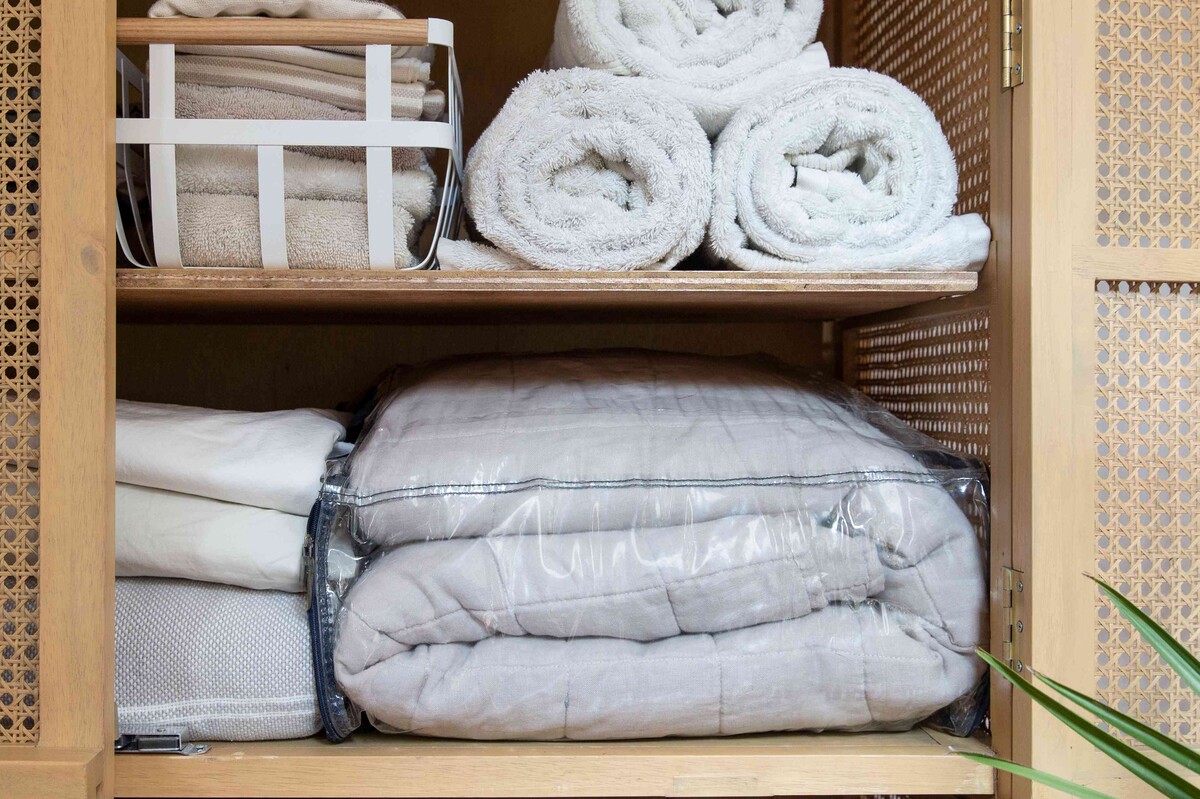
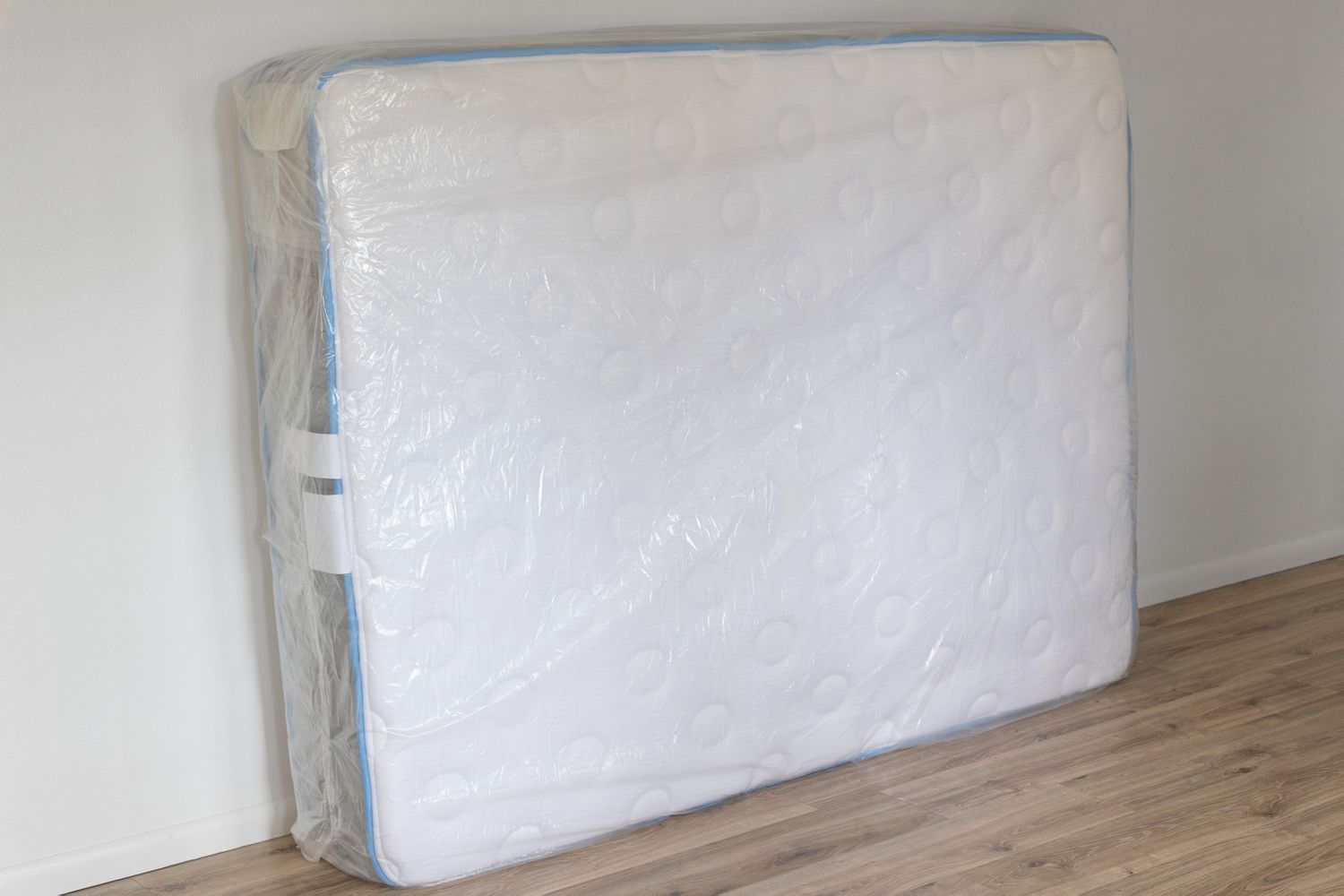
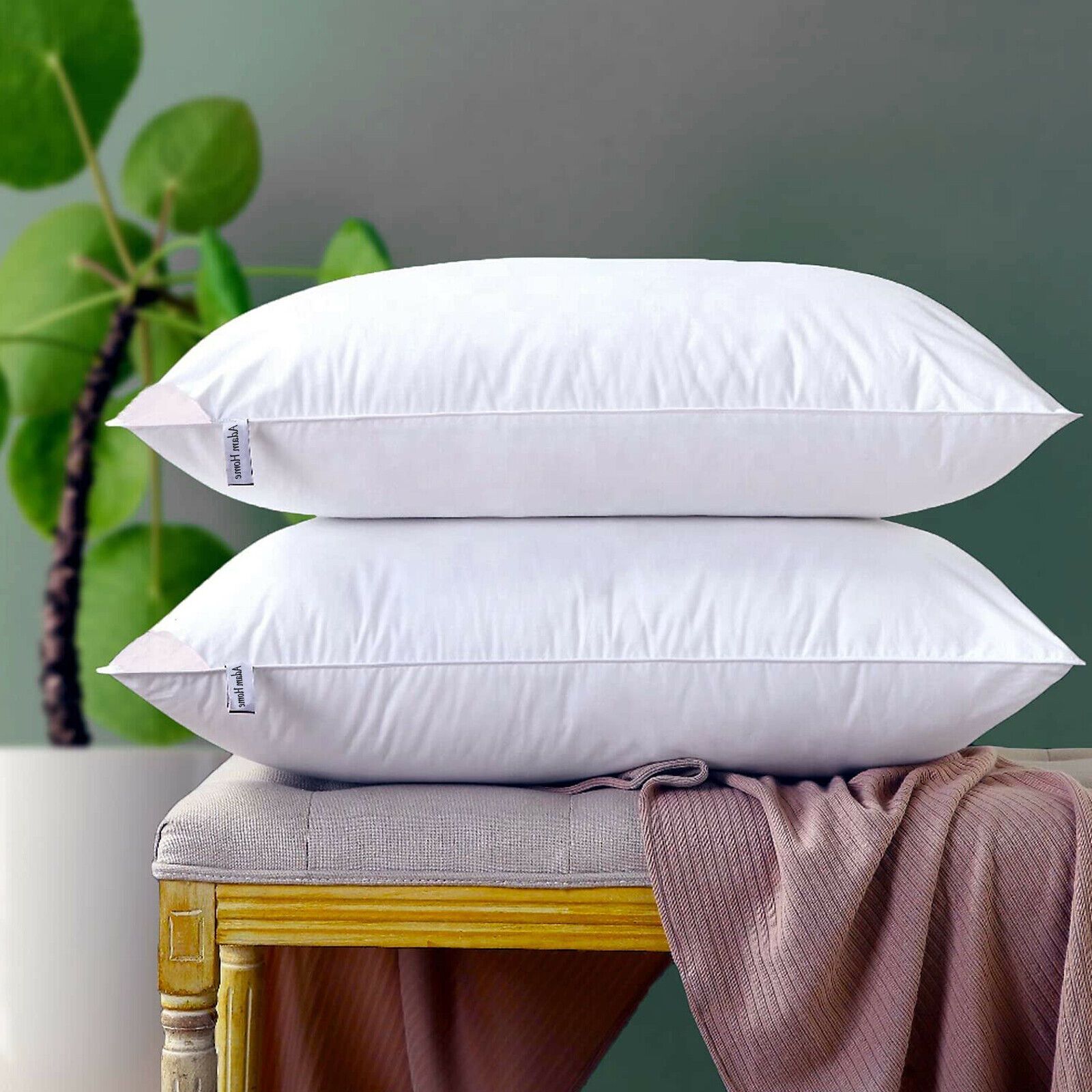
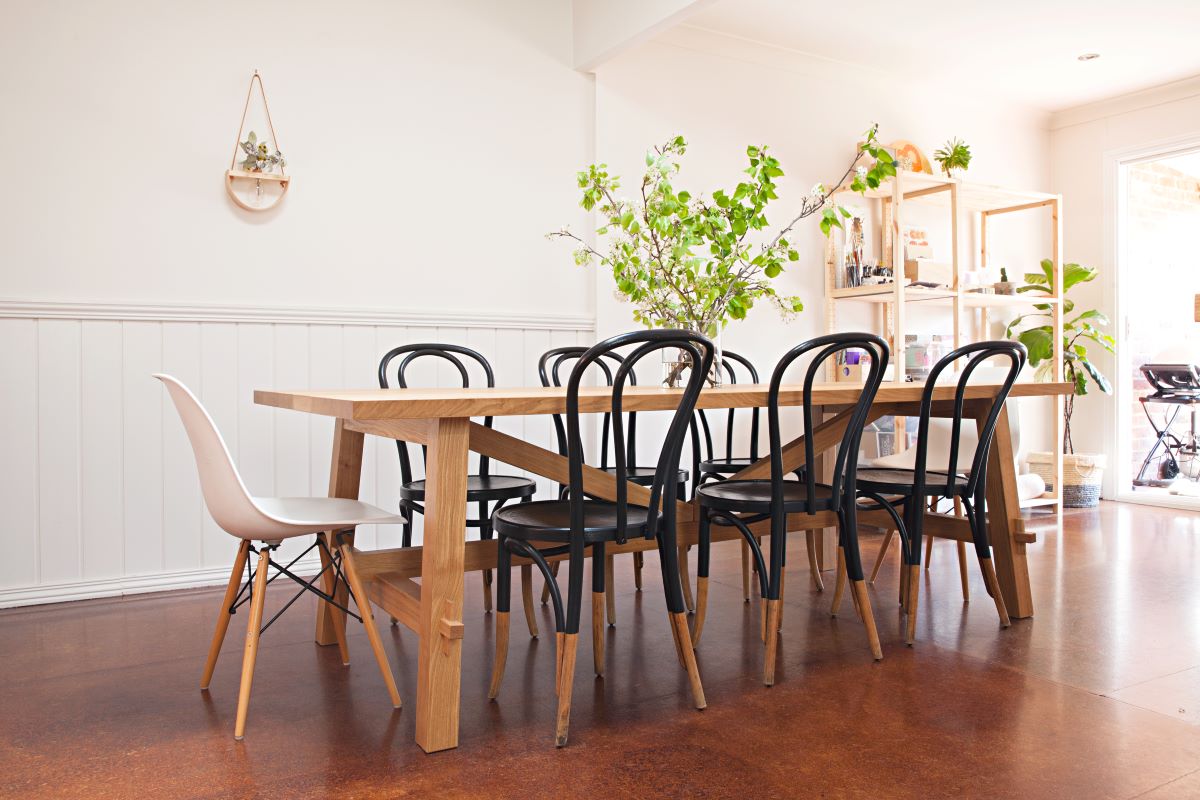
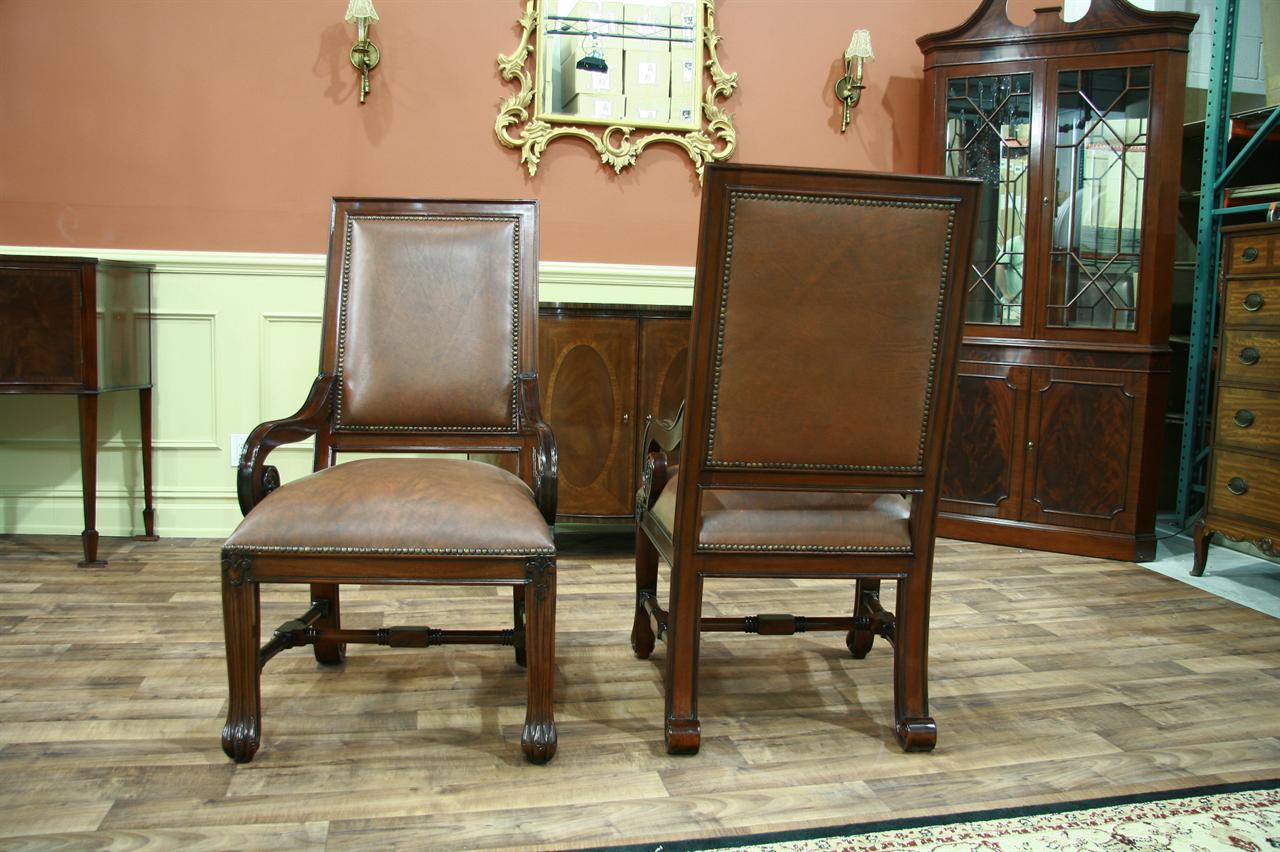
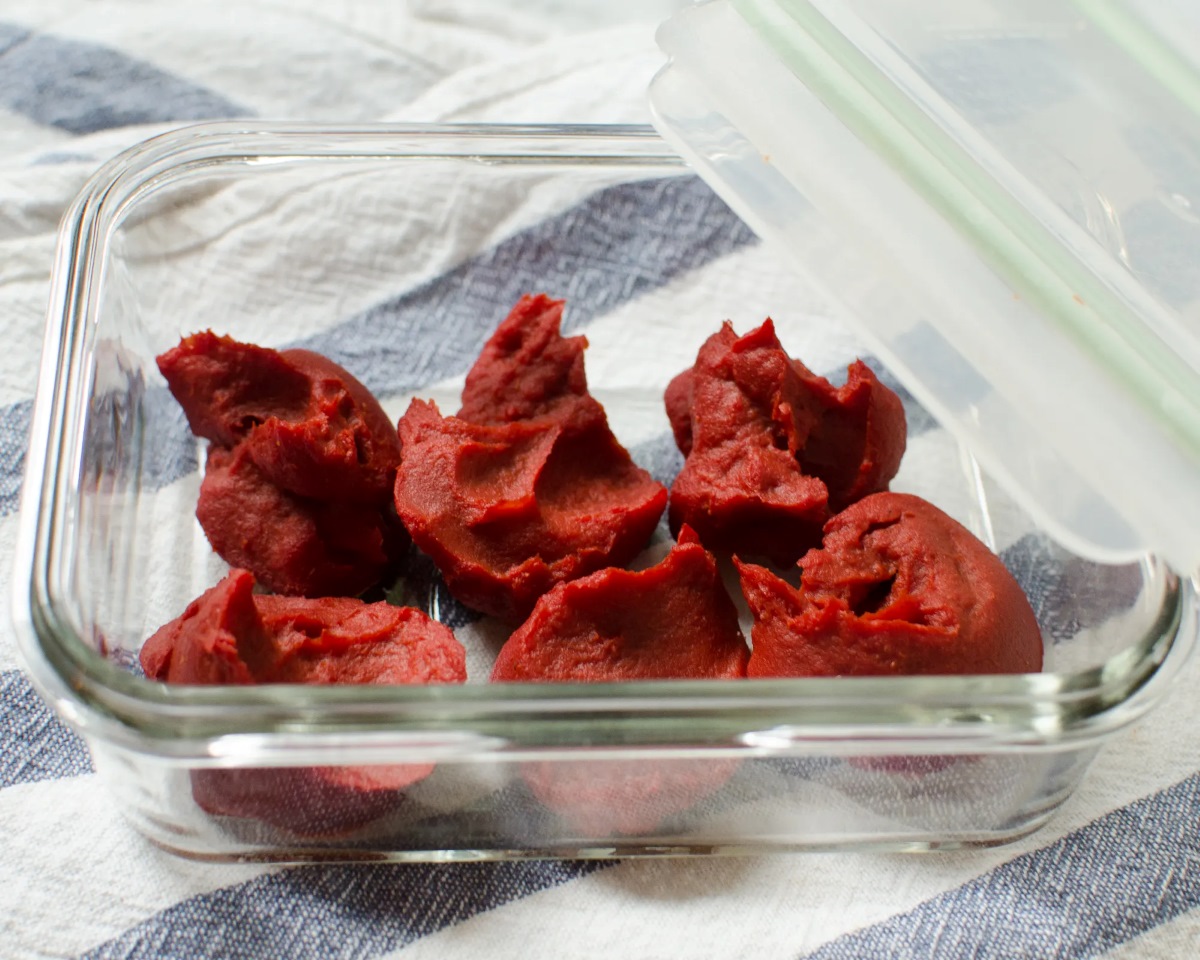
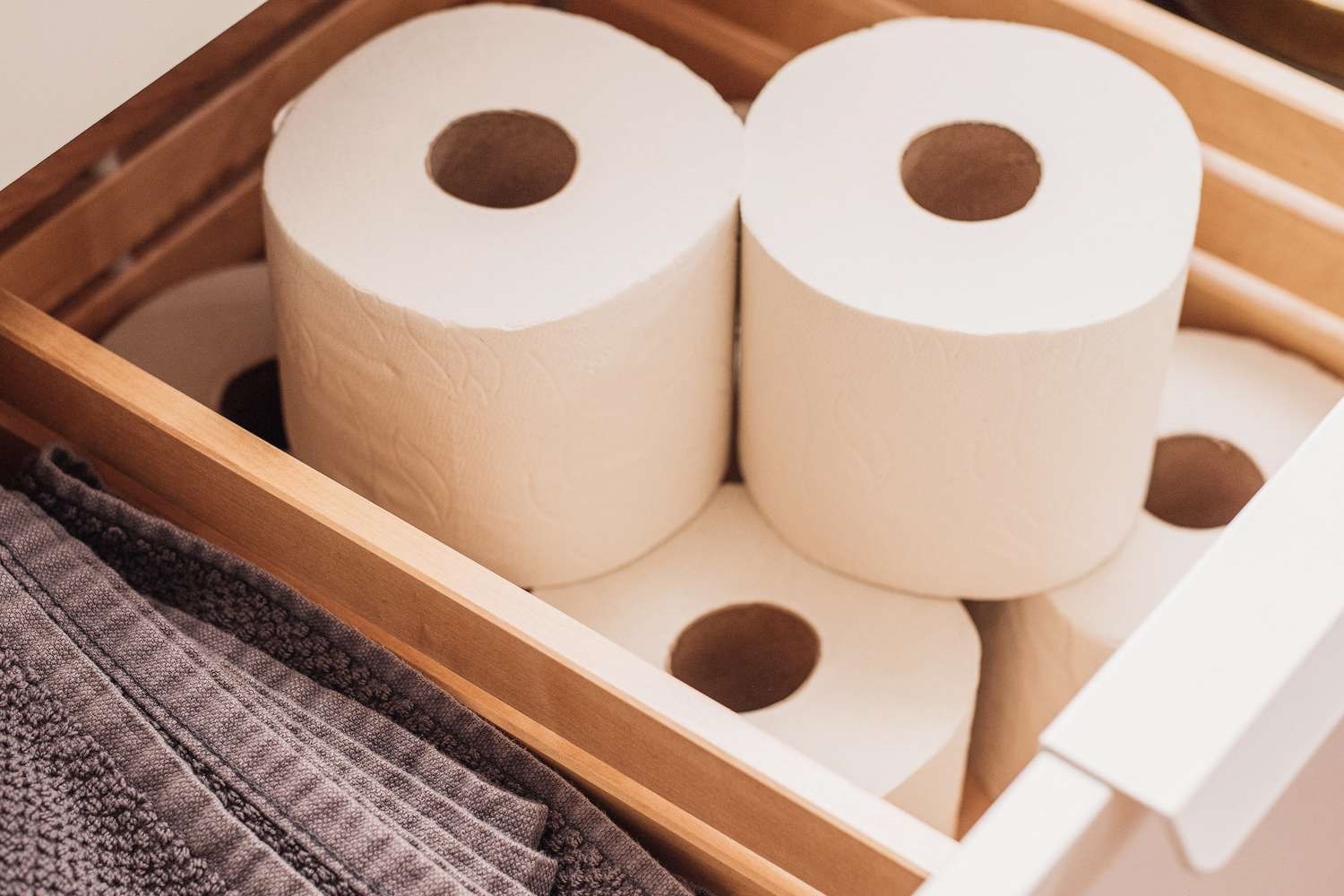



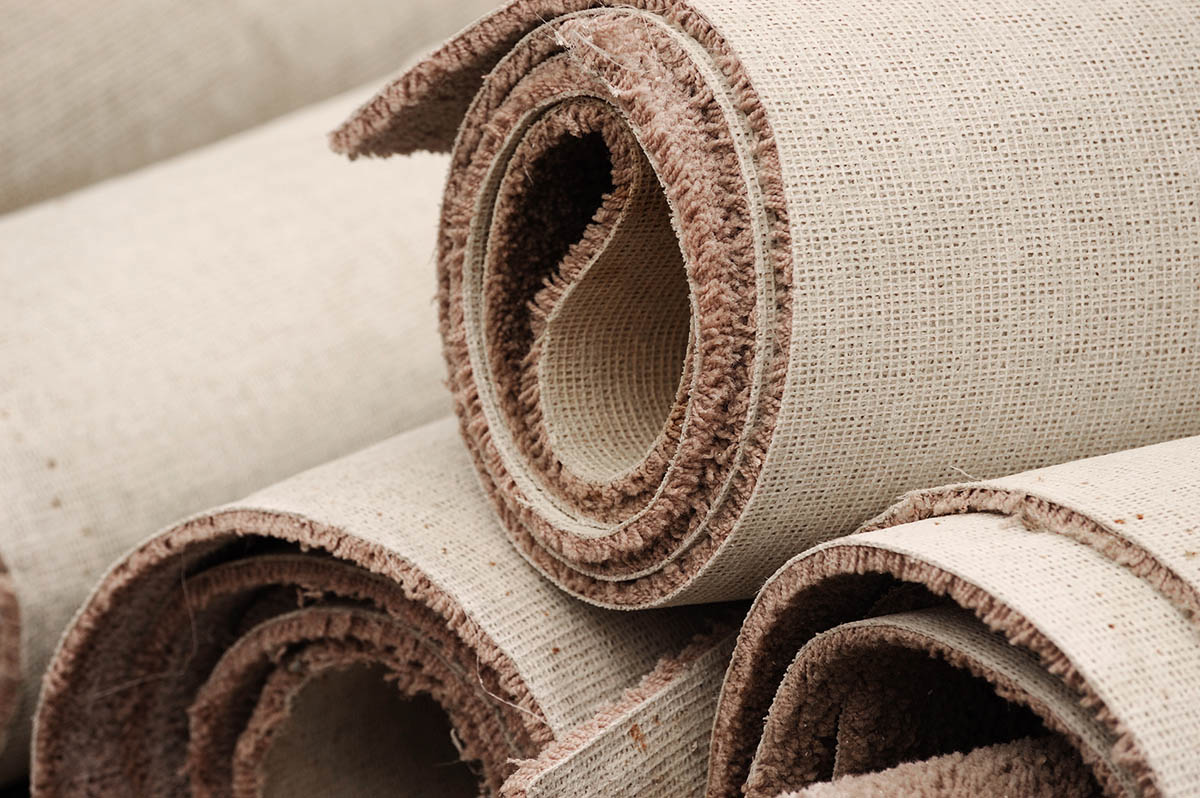

0 thoughts on “How To Store Extra Clothes”